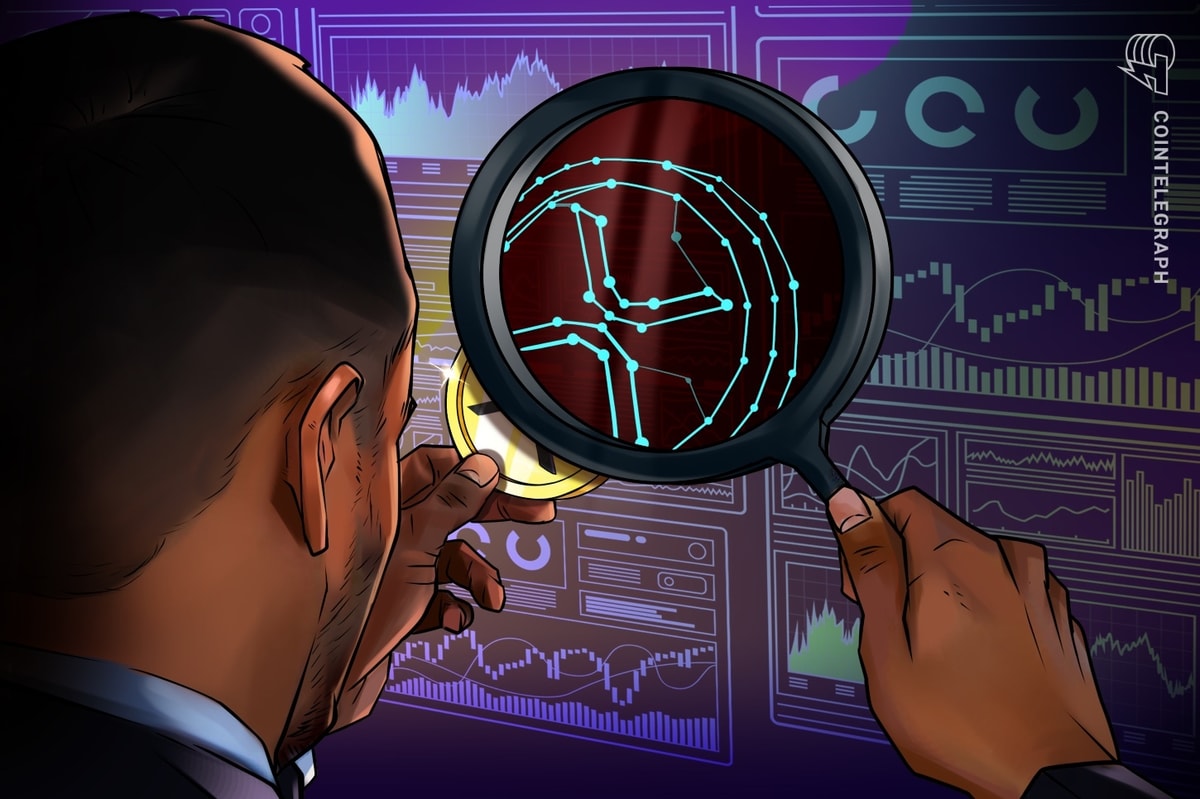
Last week’s warning from the PBOC to its citizens about the risk of investing in bitcoin and the following on-site investigations at China’s three largest bitcoin exchanges, OKCoin, Huobi and BTCC, spooked bitcoin investors and pushed the price down to its current trading price in the low $800s from recent highs above the $1,000 mark.
Margin Trading Halted at Chinese Exchanges
The first result of the PBOC’s on-site checks at the exchanges, which were conducted to look into possible market manipulation, unauthorized financing and money laundering, was that all three exchanges initially halted margin trading for its users.
Margin trading, also known as leveraged trading, refers to the trading of an underlying asset using borrowed funds to gain exposure to larger amounts of the asset. For example, you choose to trade bitcoin using a 10:1 margin and decide to put down an initial margin of $100 for the trade. That means with your $100 you are gaining exposure to $1,000 worth of bitcoins. Hence, if the price increases by 5 percent, you will generate a return of $50 instead of only $5 if you had put on the trade without leverage.
For this reason, margin trading is very popular with traders who want to capitalize on bitcoin’s short-term price increases. However, when you are trading using margins and the trade moves against you, you can also lose more than you initially invested. For this reason, regulators consider margin trading to be very risky for investors, especially in an already volatile asset class such as bitcoin.
Margin Trading Continues But With Limitations
Margin trading across the three exchanges has since been reactivated but with limitations on the amount of leverage that users are able to trade with.
Bitcoin exchange Huobi has reactivated margin trading but has limited the amount traders can borrow to 100,000 CNY (around $14,450), down from 10 million CNY ($1.45 million) previously. OKCoin, on the other hand, has limited its margin trading offering to 3x margin for bitcoin and 20x margin for bitcoin futures on its international version, only for non-Chinese residents. Its on-shore exchange has stopped offering margin trading. BTCC, on the other hand, has not reinstated its margin trading offering.
Reduced Margin Trading Should Lead to Lower Price Volatility
While it is unclear whether exchanges were ordered by the PBOC to reduce margin trading or whether it was a move to appease the Chinese central bank, the initial reaction to this announcement was negative for the price of bitcoin, dipping below the $800 mark to the mid $700s on Friday.
However, the reality is that reduced margin trading at the three largest bitcoin exchanges in the world could actually turn out to be very bitcoin-positive, as reduced margin trading will likely reduce bitcoin volatility.
Margin trading increases price volatility, especially to the downside, because when margin traders make losses during smaller movements, they tend to panic sell so that their losses are not exacerbated. This, in turn, fuels downward price movements further. A reduction in margin trading activities would, therefore, calm bitcoin volatility, which should be seen as bitcoin-positive in the long run both from an investment point of view, as it makes the asset less risky, and also for bitcoin as a transactional currency.










